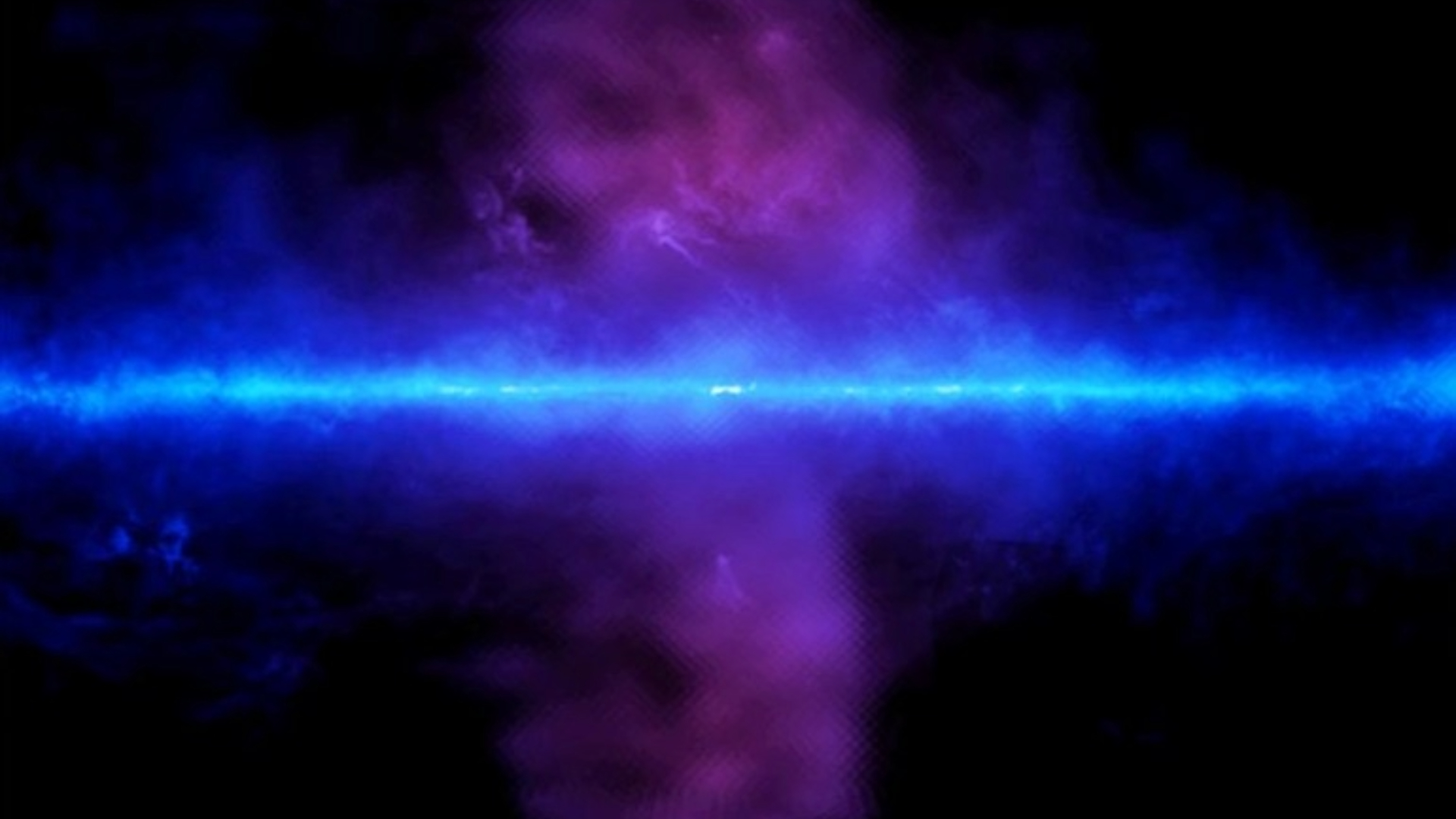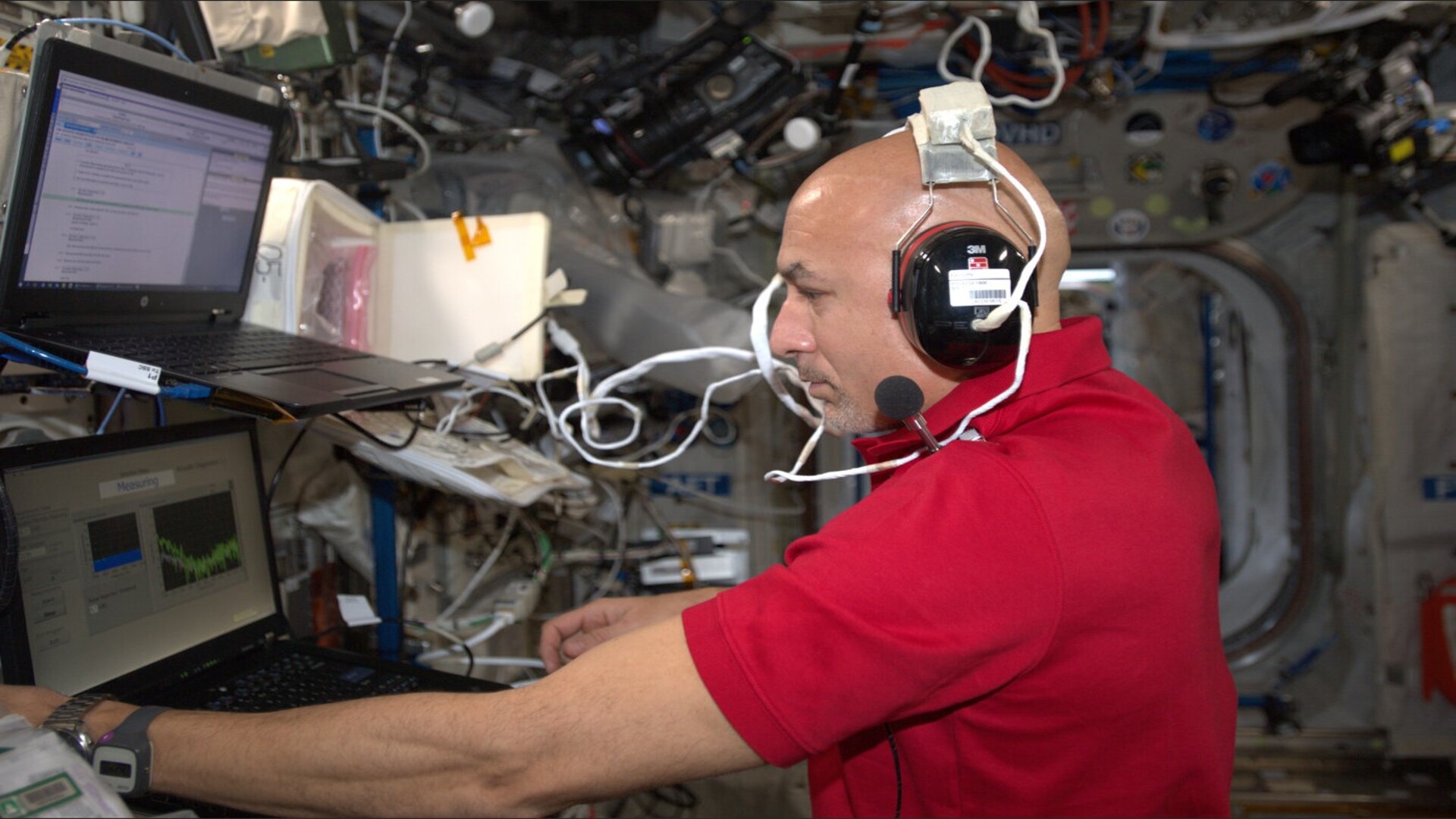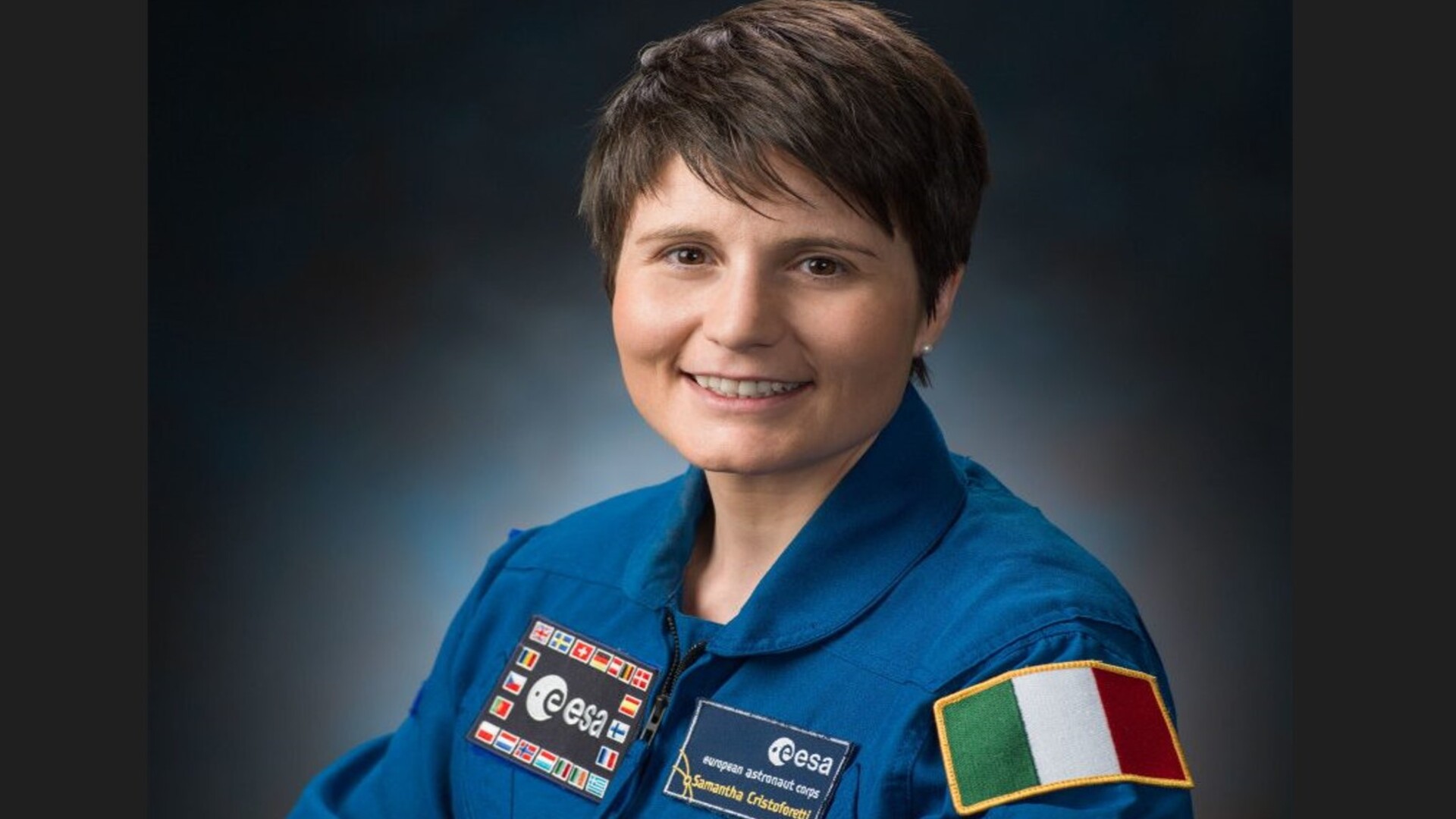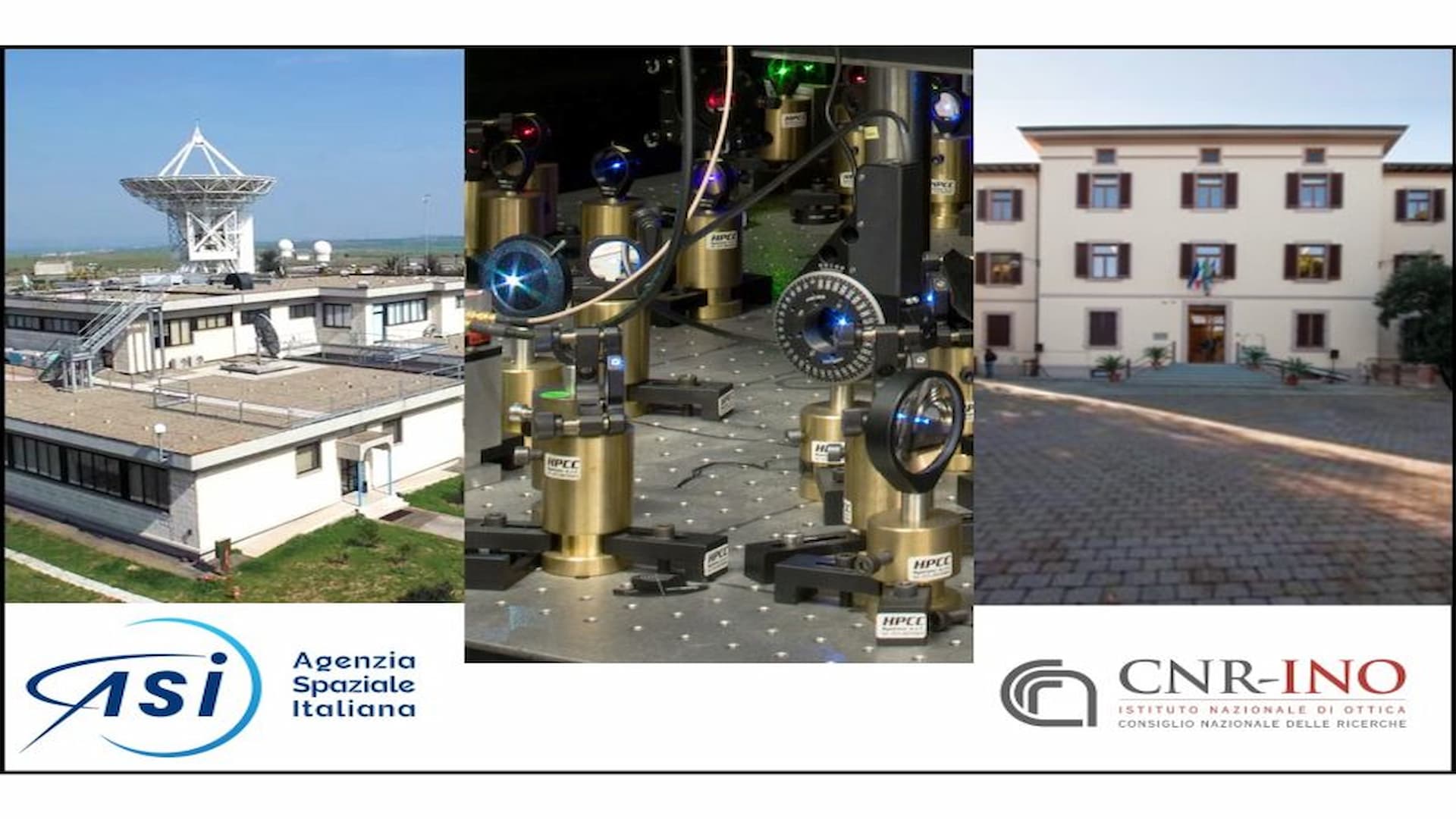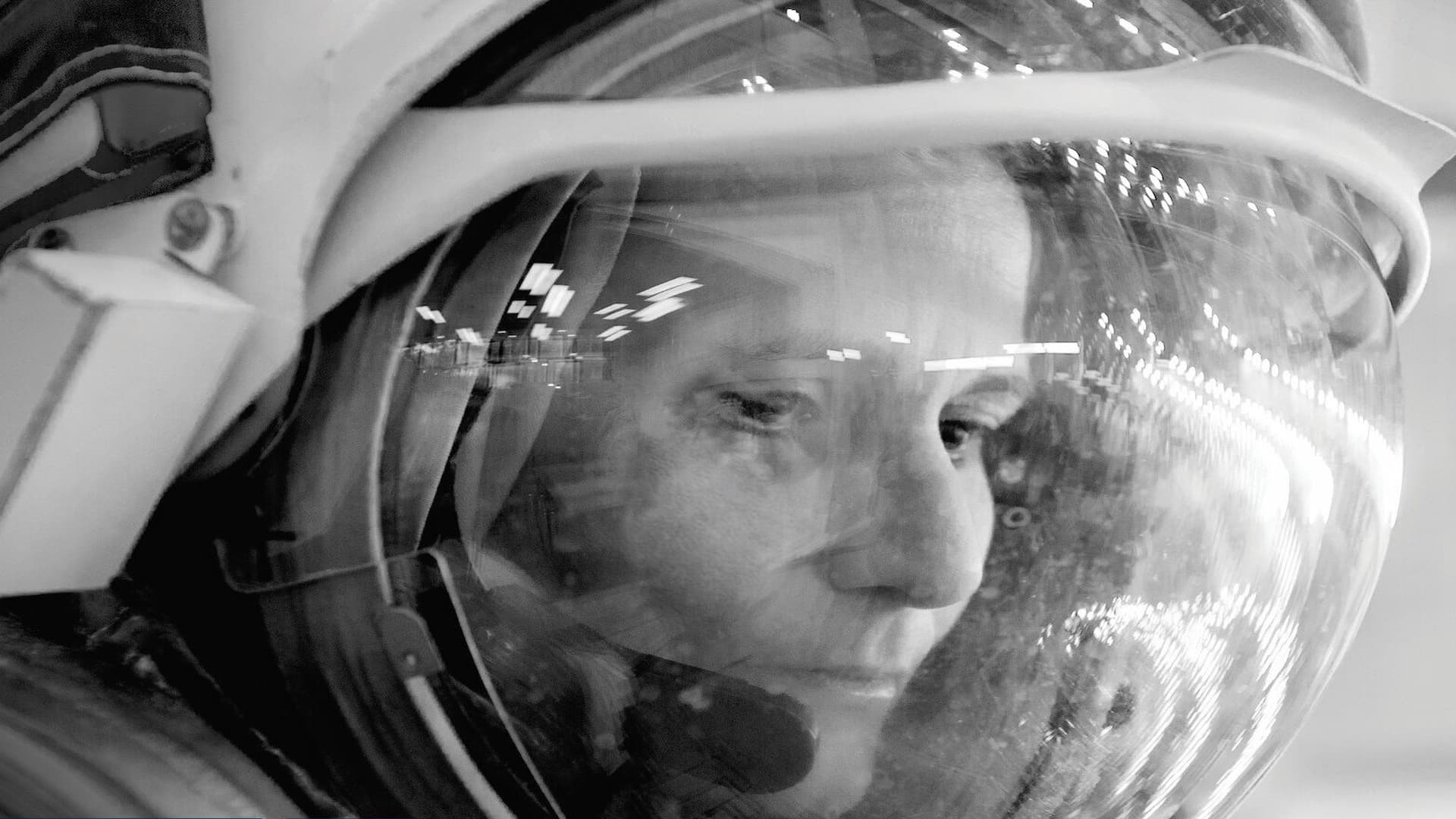Wearable Monitoring validates a new cloth vest that monitors astronaut heart rates and breathing patterns during sleep. It collects data to investigate whether changes in heart activity are related to astronauts’ poor sleep quality. Current technology cannot check astronauts’ heart activity while they sleep because the test wakes them up. The Wearable Monitor is a lightweight vest with silver wires and sensors embedded into the fabric, making it more comfortable to wear.
The monitoring instrument for this investigation is an innovative system, based on textile technology (MagIC-Space) for the assessment of electrocardiograms (ECG), respiration, body accelerations, skin temperature, indexes of cardiac mechanics (including times of opening and closure of aortic and mitral valve, pre-ejection period, left ventricular ejection time, isovolumic contraction and relaxation times). Through this system the intent is to investigate sleep physiology in microgravity to understand the causes of the commonly reported poor sleep quality during space missions.
Causes of poor sleep quality during spaceflights are not clear at this time. Based on findings on Earth, this study aims to explore the hypothesis that sleep quality during spaceflight might be reduced by the occurrence of autonomic subcortical arousals in the brain. In turn, it has been suggested that an abnormal activation of the autonomic nervous system might be influenced by changes in the cardiac mechanics induced by microgravity. From the methodological point of view, autonomic activity can be estimated by the analysis of the heart rate (from ECG), but aspects of cardiac mechanics cannot be assessed onboard during sleep with current technology (the echocardiographic assessment awakes the subject). The proposed monitoring instrument for this experiment aims at recording not only the traditional vital signs (ECG and respiration) but also, for the first time, specific aspects of cardiac mechanics. Sensors and wires are embedded into the garment. This feature drastically reduces the instrumentation time and guarantees sleep comfort.
Concerning the possible impact on the research on Earth, it should be considered that about 25% of the western population is affected by sleep disturbances that, at the moment, are studied by complex devices, that require a specialized operator and long time for the instrument setup. The terrestrial version of this instrument might be beneficial to simplify the monitoring of the patients during sleep and would allow a simultaneous assessment of autonomic and mechanical variables.


